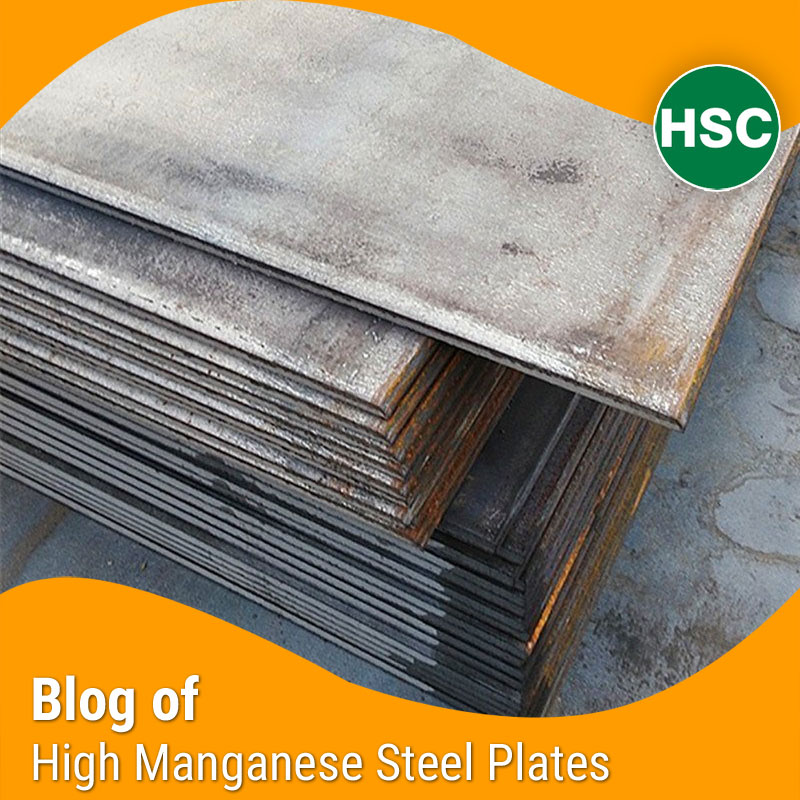Introduction: Why Cutting & Welding High Manganese Steel Needs Special Care
If you’re working with 12–14% high manganese steel plates, you’re already handling one of the toughest, most impact-resistant materials used in mining, rail, cement, and crushing industries. But with great toughness comes a challenge — cutting and welding these plates is no ordinary task.
Standard methods just don’t work here. If not processed properly, the plate can crack, warp, or lose hardness, leading to failures during operation.
In this guide, we break down how to safely cut and weld high manganese plates—without compromising their unique properties.
Can Manganese Plates Be Cut?
Yes, but not with traditional tools.
High manganese steel plates are extremely tough and work-harden rapidly, which means they become harder as you try to cut them. Standard oxy-acetylene torches or plasma cutters may struggle or cause cracking.
Recommended Cutting Methods:
- Plasma Cutting (Preferred): Clean, fast, and less thermal distortion.
- Laser Cutting: Possible only for thin plates; less common.
- Water Jet Cutting: Ideal when avoiding heat zones.
- Sawing or Machining: Only with carbide-tipped or diamond tools.
Avoid high-speed cutting tools—they get dull fast and may overheat the plate.
Can Manganese Steel Be Welded?
Yes, but requires special preparation and controlled heat input.
Unlike carbon steels, manganese steel has a tendency to crack under high heat or poor filler matching. Also, excessive heating can change the steel’s internal structure, making it brittle and reducing its legendary wear resistance.
Pre-Welding Checklist
- Clean the Plate Thoroughly: Remove rust, oil, paint, and dirt
- Use a Butter Layer (Optional): Apply a manganese-rich buffer weld before final passes.
- Keep Heat Input Low: Use stringer beads and avoid prolonged arc time.
- Preheat? Only if Needed: Rarely required—consult your engineer.
Best Electrodes and Filler Materials
| Type of Weld | Recommended Rods |
|---|---|
| Shielded Metal Arc Welding (SMAW) | EFeMn, E307, AWS A5.13 |
| MIG Welding (GMAW) | Manganese alloy wire |
| TIG Welding | Less common, use controlled environment |
Using austenitic manganese-compatible electrodes ensures proper bonding and eliminates brittleness
Why Not Use Preheating Always?
Many metals benefit from preheating before welding—but not high manganese steel. Preheating can reduce the shock-absorbing ability and cause brittleness in the heat-affected zone.
Keep the welding as cool as possible and allow natural cooling in air — not water.
Post-Weld Treatment: Cool and Inspect
While Hadfield steel offers incredible wear resistance, it’s not the easiest to process.
- Let the weld cool naturally — never quench.
- Perform a visual and ultrasonic test to ensure there are no cracks.
- Avoid post-weld heat treatment unless specifically instructed.
Summary: Key Tips for Cutting & Welding High Manganese Plates
- Use plasma or waterjet cutting for precision.
- Keep heat input low and controlled during welding.
- Use manganese-compatible electrodes only.
- Let it cool naturally, never force it.
- Avoid altering base hardness with heat.
When done right, cutting and welding manganese plates doesn’t reduce their strength or life—it enhances usability while preserving performance.
Voice Search Optimized FAQs (AEO Format)
✅ Can manganese steel be cut with plasma?
Yes, plasma cutting is one of the safest and most precise ways to cut manganese steel without damaging its structure.
✅ Is welding high manganese steel difficult?
It’s tricky, but doable. You need special rods, controlled heat, and must avoid over-welding.
✅ What electrode is used for welding manganese steel?
Use EFeMn or AWS A5.13 class electrodes, which match the composition of austenitic manganese.
✅ Should manganese steel be preheated before welding?
Generally, no. Preheating can reduce its shock-absorbing properties and make it brittle.
✅ What happens if I overheat manganese steel?
Overheating can alter its austenitic structure, causing brittleness, cracks, and premature failure.

